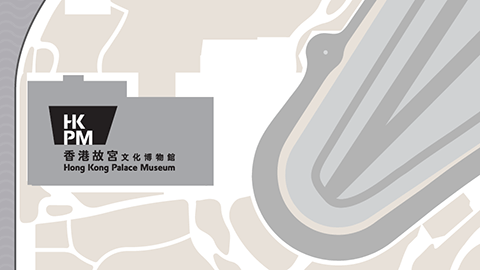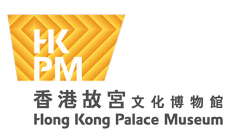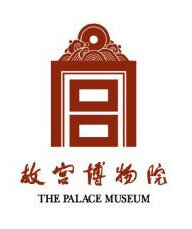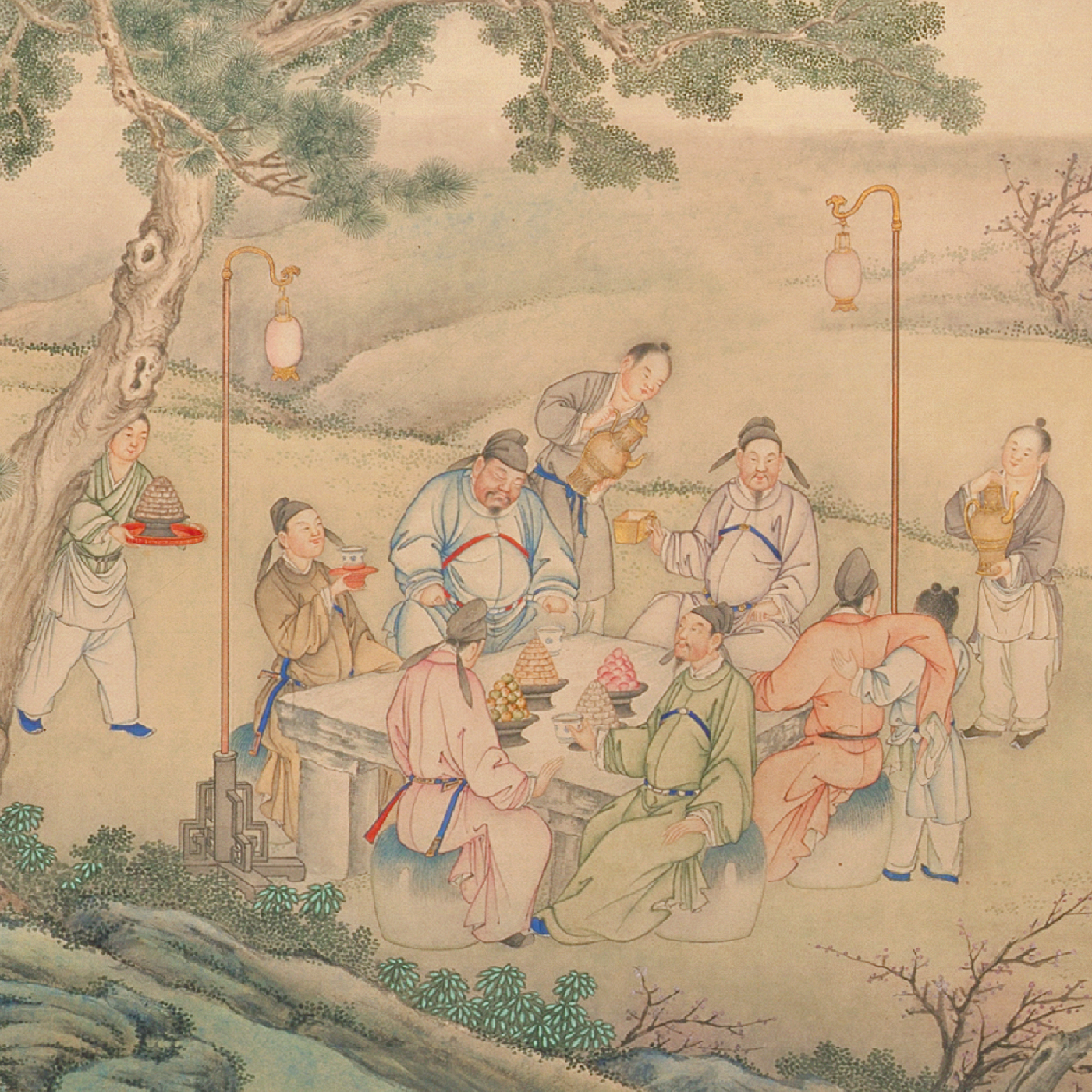Food culture encompasses the sourcing and utilisation of ingredients, the preparation and processing of food, and the consumption of food as well as the customs, etiquette, and ideologies developed around eating and drinking. It touches nearly every aspect of our material and spiritual life. According to anthropological archaeologist Kwang-chih Chang, “one of the best ways of getting to a culture’s heart would be through its stomach.”
Food culture is naturally an important element of the Chinese civilisation. This exhibition invites visitors to enjoy a multicourse feast spanning five thousand years of Chinese history. The first part, “Crossing from Life to Death”, features a ceremonial meal for the deceased. Showcasing ritual and burial objects related to food and drink dated from the Neolithic period (about 10000–2000 BCE) to the Han dynasty (206 BCE–220 CE), this section demonstrates the importance of transferring food and drink to the afterlife in Chinese beliefs. The second section “Crossing Cultures” presents a multicultural banquet, focusing on eating and drinking vessels from the Tang (618–907) to Song (960–1279) periods, such as platters and ewers introduced to China through the Silk Routes. It reveals how China and Central and West Asia embraced each other’s eating practices. The next section “Crossing Mountains and Lakes” exhibits famous scenes of literati gatherings and picnic sets produced in the Ming (1368–1644) and Qing (1644–1911) dynasties, which demonstrates the important role food and drink played at elegant gatherings and excursions. Finally, at the “Crossing Time” multimedia table, visitors are encouraged to find out more about the past and present lives of modern eating and drinking vessels.
The exhibition is jointly organised by the Hong Kong Palace Museum and The Palace Museum. The exhibits mainly come from The Palace Museum and the Hong Kong Palace Museum. The British Museum, the Asian Art Museum of San Francisco, the Cleveland Museum of Art, the Hong Kong Museum of Art, and the Hong Kong Flagstaff House Museum of Tea Ware have also provided a number of loans. The Robert Chang Art Education Charitable Foundation is the exhibition's Supporting Sponsor.
Jointly organised by:
Supporting Sponsor:












